17 Animals That Let Out the Worst Farts (And 5 That Don’t)
Flatulence is one of those universal bodily functions that doesn’t get a lot of attention—except when it’s impossible to ignore. In the animal kingdom, some species are gas-producing machines, while others have no need for it at all. Why? It all comes down to digestion, diet, and the quirks of biology. Let’s break down which animals fart, which don’t, and the fascinating reasons behind it.
Humans

Credit: pexels
We’re starting with the experts: us. As humans, we are all too familiar with farting. Our gut is home to trillions of bacteria that help digest food and produce gases like methane and carbon dioxide in the process. These gases build up and exit the body—sometimes subtly, sometimes not. On average, a healthy person passes gas 10 to 20 times a day. It’s completely normal, though diet choices like beans or dairy can make things more, let’s say, memorable.
Cows
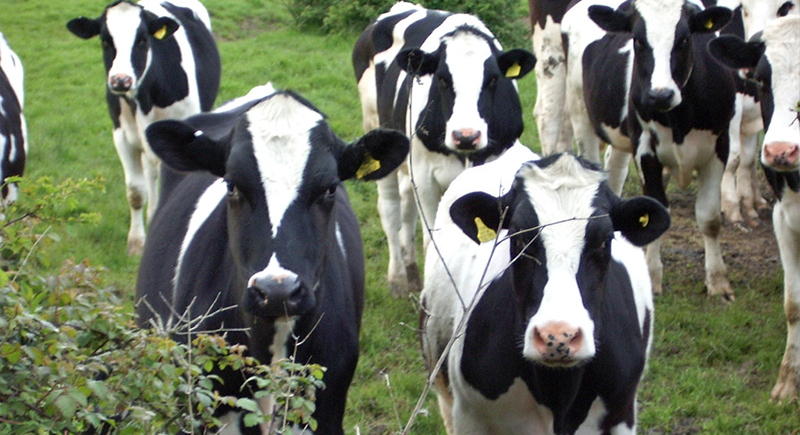
Credit: flickr
Cows are major contributors to the farting community—so much so that their emissions are a topic of environmental concern. These gentle grazers have multi-chambered stomachs that break down fibrous plants through fermentation. The process generates methane, which is expelled as burps and farts. In fact, most of the gas comes out the front end, but they do their fair share from the rear, too.
Horses
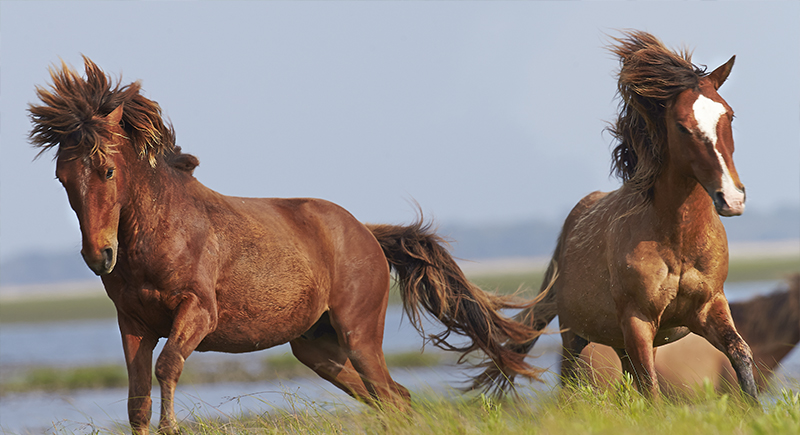
Credit: Wikimedia Commons
Horses may not be as notorious as cows, but they’re no strangers to flatulence. These animals have a large colon that ferments plant material and creates plenty of gas. Unlike cows, they don’t burp much, so the gas exits the other end. Regular flatulence in horses is a sign of a healthy gut, but if they stop farting, it’s often a warning sign of colic or other digestive issues.
Dogs

Credit: pexels
If you’ve ever shared a couch with a gassy dog, you know that man’s best friend can also be man’s smelliest companion. Dogs produce gas as part of digesting their food, and certain ingredients, like beans, dairy, or high-fat meals, can make the problem worse. If your furry friend clears the room too often, it might be time for a dietary review.
Cats
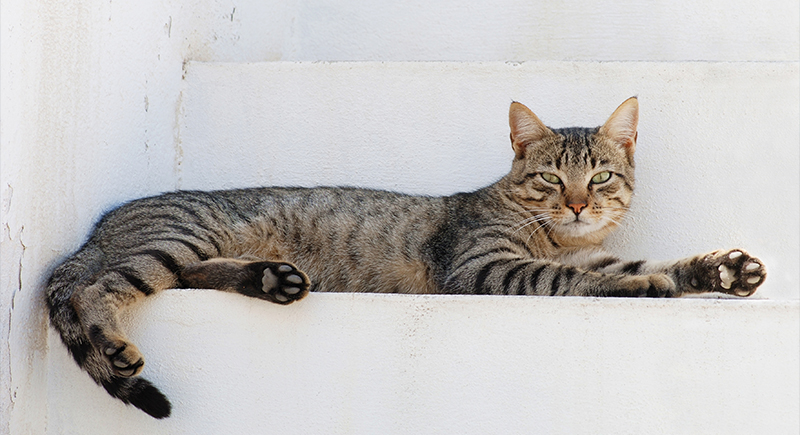
Credit: Wikimedia Commons
Cats, on the other hand, aren’t known for excessive flatulence, but they’re certainly capable of it. Gas in cats often comes from swallowed air or the digestion of certain foods. It’s usually so subtle you wouldn’t notice unless you were in close quarters.
Elephants
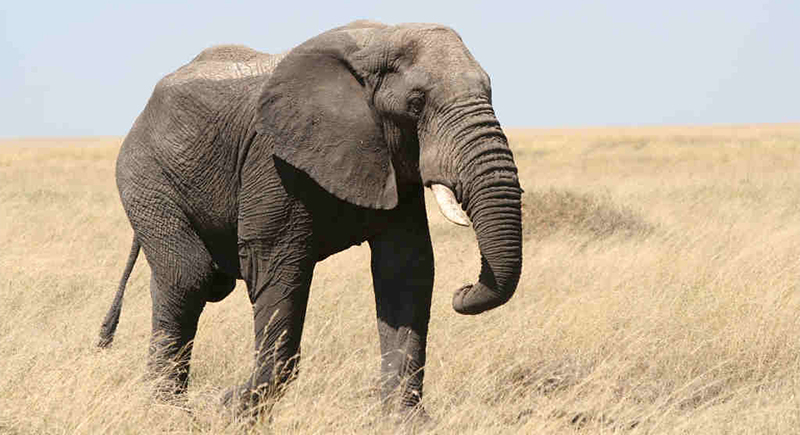
Credit: flickr
With their enormous size and plant-based diets, elephants are naturally gassy. They eat hundreds of pounds of vegetation daily, and their massive digestive systems ferment all that fiber while producing significant gas in the process. Their farts are loud and unmistakable, much like the animals themselves.
Giraffes
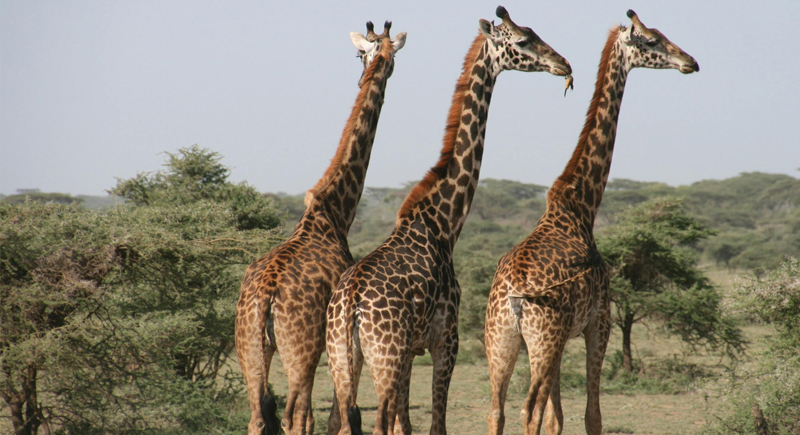
Credit: pexels
Giraffes might look elegant and serene, but they’re not immune to flatulence. These towering herbivores consume large quantities of leaves, which ferment in their stomachs and produce gas. Since giraffes are ruminants, their digestive process is similar to cows’, but with less burping and more farting. To be fair, it’s a small price to pay for their unique diets and towering stature.
Rhinoceroses
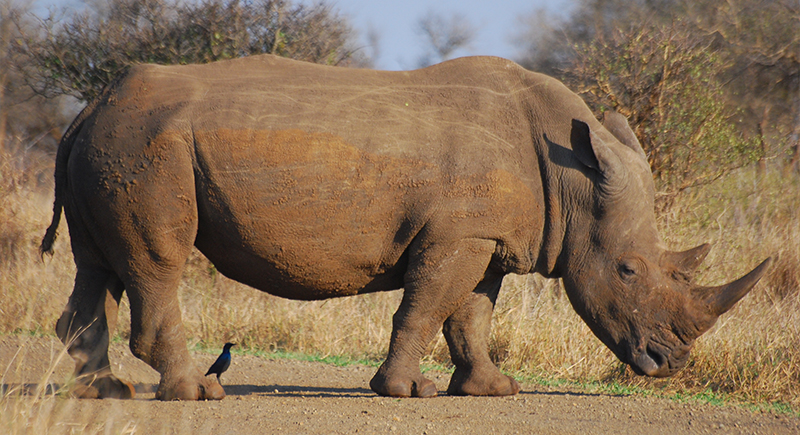
Credit: Wikimedia Commons
Rhinos are built like tanks, and their digestive systems are just as strong. They have very plant-heavy diets and thus are well-acquainted with flatulence. Their toots may not get the same attention as elephants or cows, but let’s just say you wouldn’t want to be downwind from one.
Goats
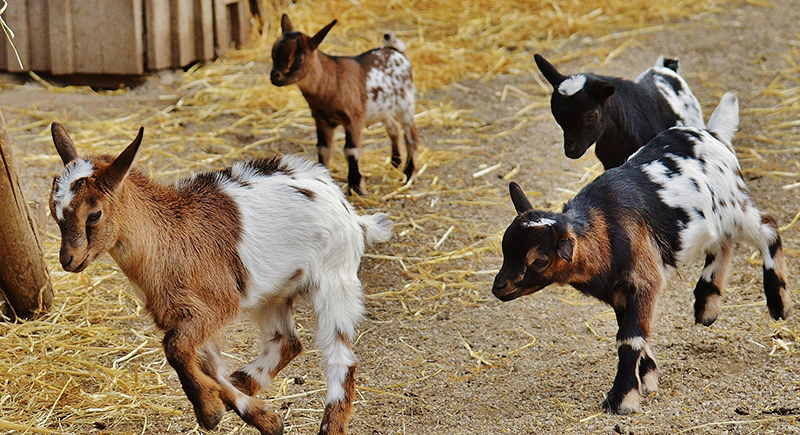
Credit: pexels
Goats might be one of the smaller animals on this list, but as ruminants, their digestive system works more or less the same way. They chew and re-chew their food to extract every last bit of nutrition. This process produces methane gas, which is expelled through both burps and farts.
Octopuses
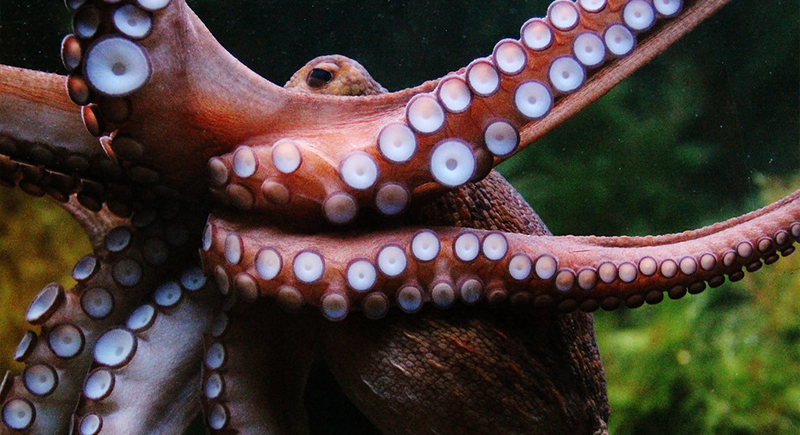
Credit: flickr
Moving to the underwater world, octopuses may have a lot of quirky bodily functions but they don’t fart. Their digestive systems are structured differently from those of land animals, and they lack the bacteria needed to produce gas. If an octopus does release anything, it’s usually water through its siphon, not a toot.
Jellyfish
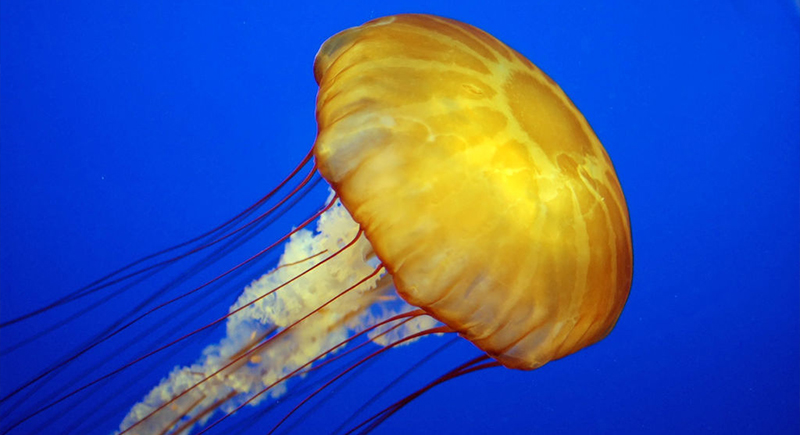
Credit: Wikimedia Commons
Without a digestive system in the first place, jellyfish don’t fart. They are some of the simplest animals on the planet, and their anatomy reflects that as well. They absorb nutrients directly through their bodies, bypassing the need for intestines or gas-producing bacteria.
Sponges
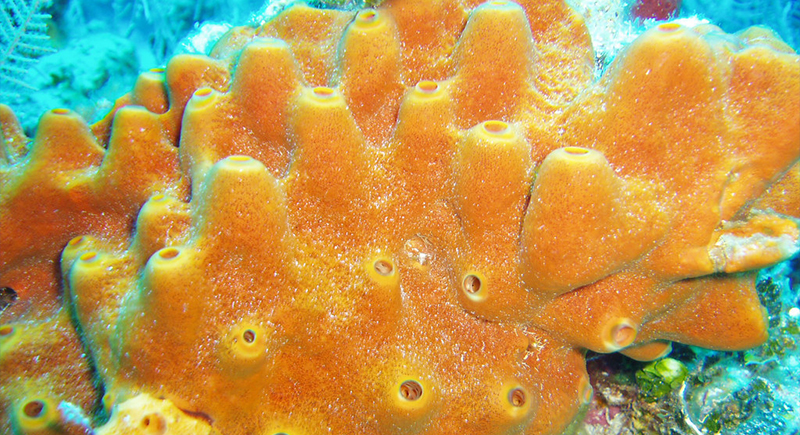
Credit: flickr
Like the jellyfish, sponges also lack a digestive system that would require them to fart in the first place. They are filter feeders and draw water through their bodies to extract nutrients. Their entire anatomy is designed for efficiency and leaves no room for flatulence in their biological playbook.
Small Birds
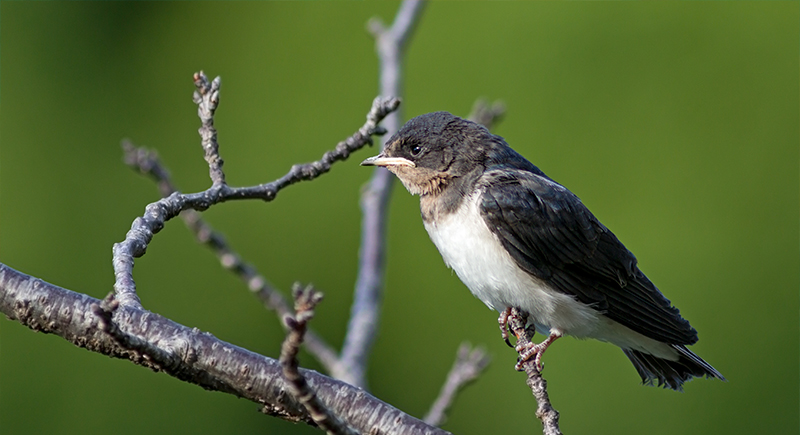
Credit: Wikimedia Commons
Small birds, like sparrows and finches, are built for speed and efficiency. Their digestive systems process food quickly, which means there’s little chance for gas to build up. Unlike mammals, they don’t have the bacterial fermentation needed to produce flatulence. Being aerodynamic sure does have its digestive benefits.
Most Insects
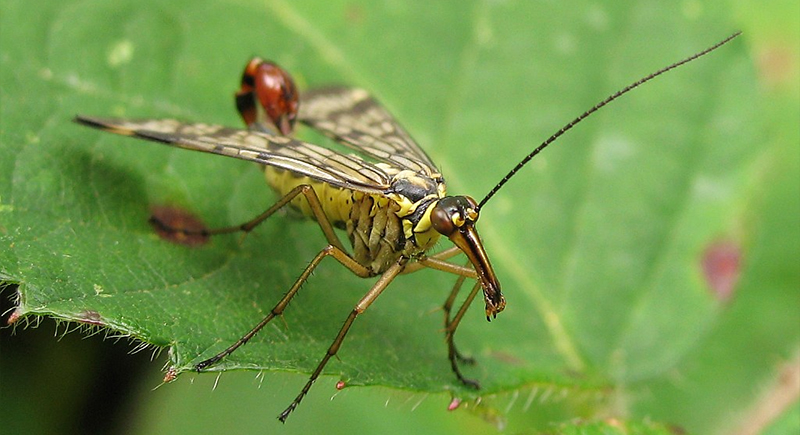
Credit: flickr
Insects, by and large, don’t fart. Their simple digestive systems lack the bacteria needed to produce gas. Termites, however, are the exception. These tiny creatures generate methane thanks to their wood-digesting gut bacteria. If termites had a claim to fame beyond destroying furniture, it might just be their unexpected contribution to the world of flatulence.
Worms
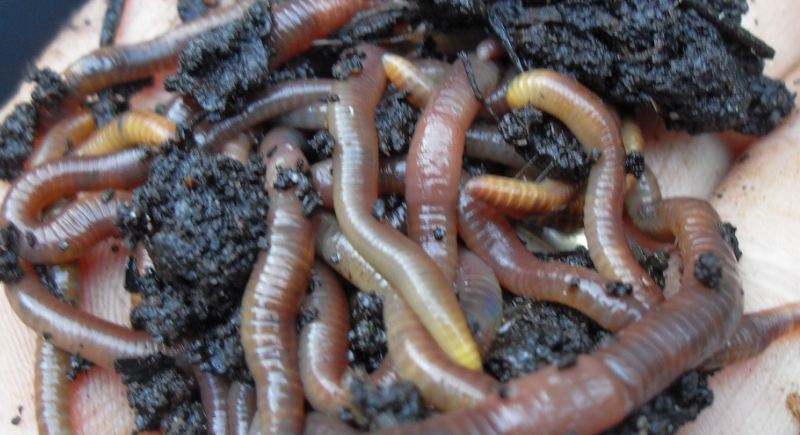
Credit: Wikimedia Commons
Worms play a critical role in ecosystems, but farting isn’t part of their job. Their simple digestive systems don’t produce gas and rely instead on non-fermentative processes to break down organic matter. They may aerate the soil, but they won’t be adding to the air in any other way.
Camels
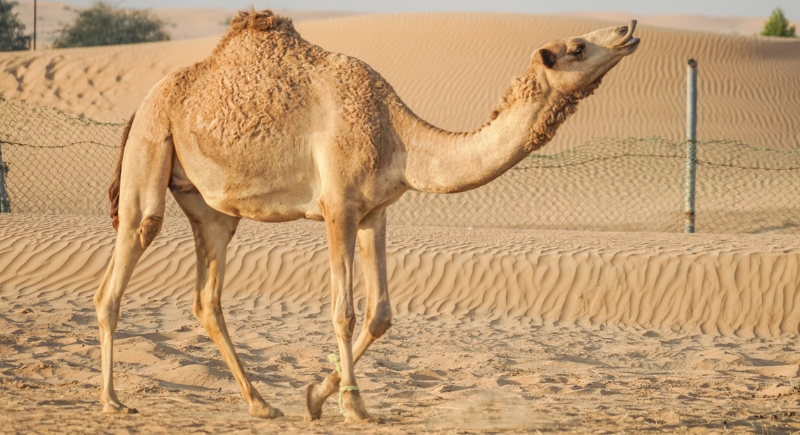
Credit: Canva
Camels, including dromedaries and Bactrians, are ruminants that re-chew food in multi-chambered stomachs. This process produces methane, albeit in smaller quantities than cows or sheep. Because of their slower metabolism and lighter feed intake, camels do fart, but their impact on global emissions is minimal.
Penguins
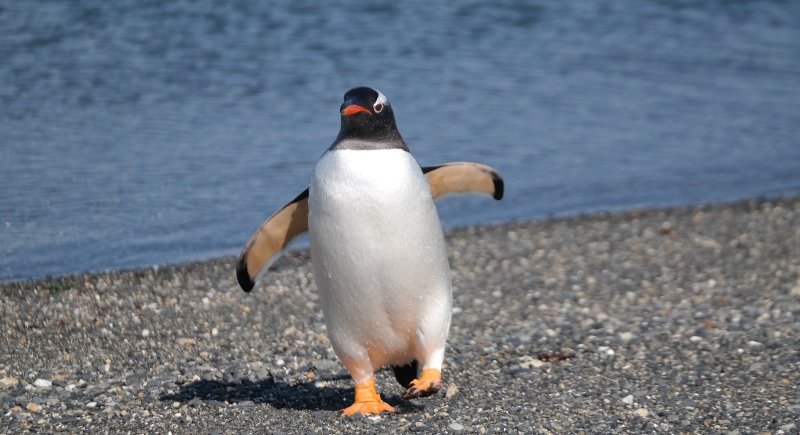
Credit: pixabay
Penguins have a bird’s digestive system that processes food efficiently without creating gas. Their diet of fish and krill digests cleanly, and birds generally lack the gut bacteria that cause flatulence. As a result, penguins do not fart, which makes them one of nature’s quieter species.